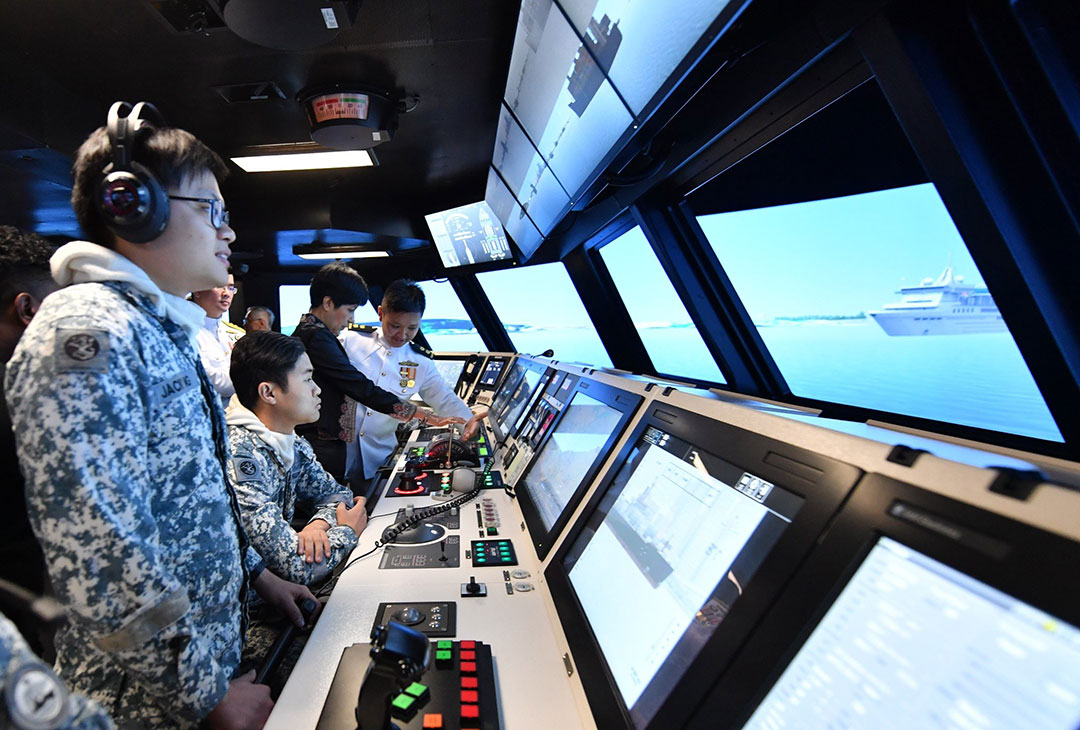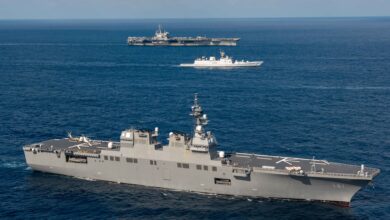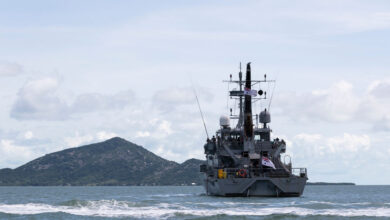Virtual reality boosting training, readiness of Indo-Pacific armed forces

Mandeep Singh
Indo-Pacific armed forces are embracing advanced technologies to enhance the effectiveness of their training programs, save time and lower costs. South Korea, Singapore and India report benefits from adopting programs that emphasize simulation as a complement to traditional training.
The Republic of Korea’s (ROK) military employs virtual reality (VR) and augmented reality (AR) to train personnel to respond to changing battlefield dynamics, according to Yonhap, the government-affiliated news agency.
Partnering with local technology companies, the ROK military academy developed VR and AR training programs to immerse its Army cadets in realistic battlefield scenarios without the risk and expense of live-fire exercises. Two-hundred cadets can simultaneously engage in virtual drills “with a 3D map floating in front of their eyes,” thanks to a high-speed, low-latency wireless network, Yonhap reported.
The COVID-19 pandemic has forced the cancellation of military training and force-readiness exercises around the world, highlighting the potential benefits of simulated alternatives. The global military simulation and virtual training market is projected to grow by U.S. $3.2 billion from 2020 to 2024, according to a May 2020 report by the research firm Technavio.
Researchers say AR and other technology facilitates learning by allowing trainees to perform tasks with the training material at their fingertips.
“A huge advantage of using AR for training is that trainees can interact with real world objects and simultaneously access the virtual information for guidance,” Calvin Seah Ser Thong and Chai Chang Yu wrote in “Augmented Reality —Reality for the SAF,” published in September 2019 in Pointer, the journal of the Singapore Armed Forces (SAF).
A scarcity of land in Singapore for conventional defense training — a common constraint in the Indo-Pacific — also drives interest in simulation training, the two researchers found.
Considered a pioneer in the region in simulation training, Singapore cut training time for its Navy’s littoral mission vessel (LMV) crews by 60% by using a VR simulator, according to the nation’s Ministry of Defence. The simulator has a 360-degree projection screen and replicates an LMV command center.
Crew members can sharpen their navigation, technical and combat skills in an environment that mimics the experience of being at sea. (Pictured: Crew members on a Singapore Navy littoral mission vessel use a virtual reality simulator.)
In India, the Army’s Simulator Development Division developed a tactical simulator and VR-based training program. As part of ongoing training, Army officers conduct tactical war games on the simulator, the Times News Network (TNN) in New Delhi reported.
Additionally, enlisted personnel and officers use simulators for small arms, tank, missile and flight training. Advantages include battlefield realism and real-time performance assessment. Switching to simulators cut military training costs by 30% to 40%, TNN added.
Mandeep Singh is a FORUM contributor reporting from New Delhi, India.




